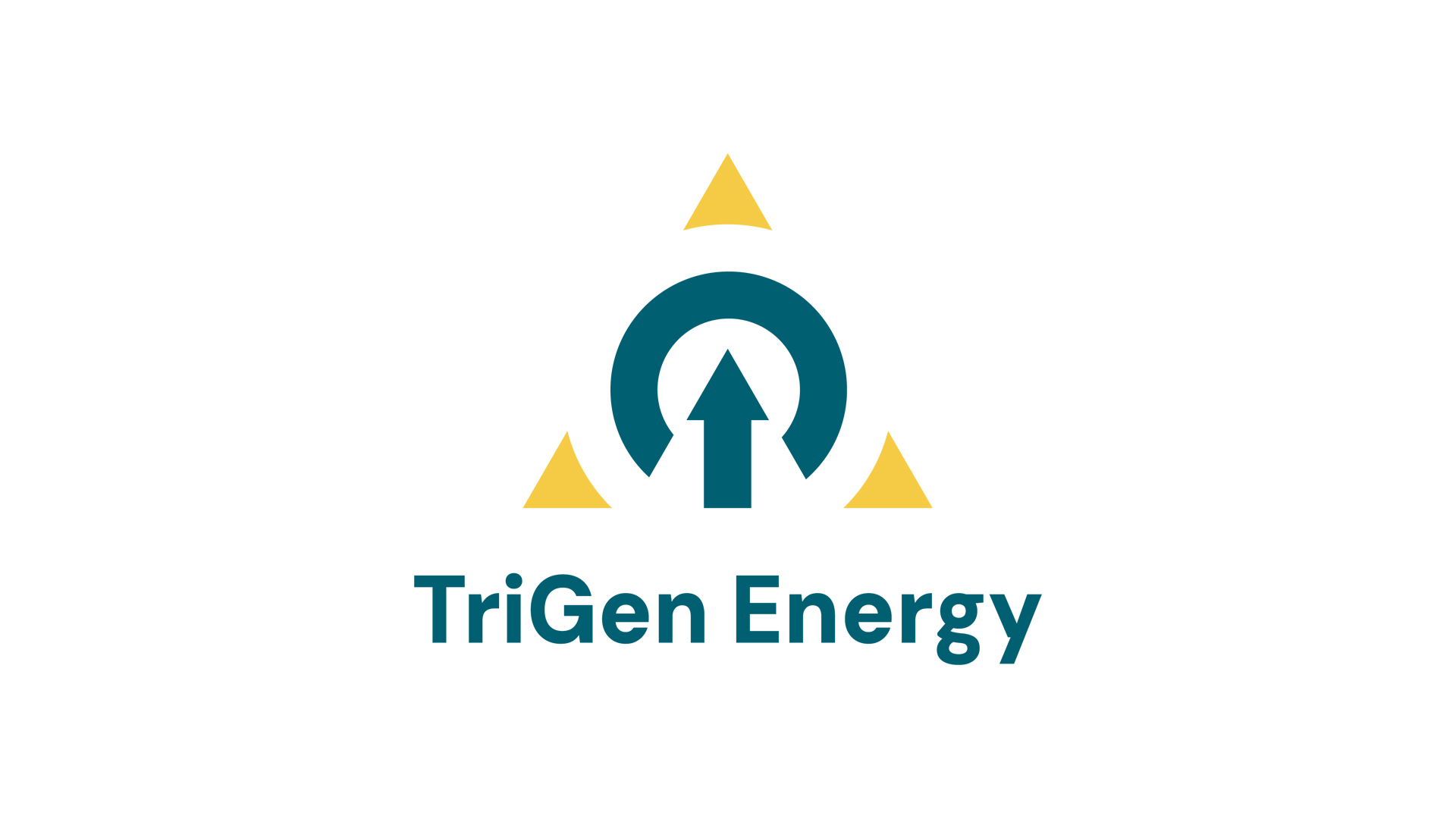TriGen Energy’s Oxyfuel solutions produce clean energy vectors and carbon credits for a net zero future.
This innovative solution will accelerate the energy transition, support the use of renewable energy and unlock the remaining value of hydrocarbon assets.
Using Oxyfuel CCS, oil and gas companies can lower their Scope-1, 2 and 3 emissions, building on their existing assets, capabilities and commercial structures.
TriGen Energy, a company comprised of many experienced experts, is seeking to become the first net zero oil and gas company.
To achieve this, they are utilising an innovative Oxyfuel CCS process designed to clean up energy production, conversion, and trading.
Why moving away from conventional fossil fuel production is so important
COP28 reaffirmed the need to step away from fossil fuels and decarbonise energy production to keep global warming under 2°C.
In 2019, booked proven reserves were equivalent to some 1500 Gt CO2 emissions. Under the IEA ‘business as usual’ scenario, $2.3tr of oil and gas investment from 2019 until 2025 is inconsistent with the Paris commitment.
This is where the Oxyfuel CCS process comes in. It takes time to develop large-scale energy storage solutions – often, it is not possible on a national or global scale, let alone for periods exceeding a single night.
It will also take decades to develop sufficient nuclear power.
Fossil fuels are the quicker and more efficient option; however, they produce large amounts of carbon- and other emissions.
TriGen’s Oxyfuel CCS technology enables energy production without harmful greenhouse gas production.
Oxyfuel CCS: Reducing emissions while producing power
The oxyfuel combustion process requires pure oxygen produced by an Air Separation Unit. This makes the process more expensive and less thermally efficient than conventional power plants.
However, the system generates attractive compensating value in other areas. For example, lower-quality, contaminated fuels can be used, CO2 can be directly injected, and nitrogen and clean power, as well as fresh water, can be produced.
Oxyfuel combustion and CO2 capture are done in one simple step. The heat and pressure generated in this process are converted directly, using an expansion turbine, or indirectly, using a steam or super-critical CO2 cycle, into mechanical energy and electrical power.
Because the CO2 from the combustion is sequestered, the power or the additional oil produced becomes ‘zero emission’, depending on how the producer attributes the CO2 stored. Combined with biomass, both power and oil can be produced with zero emissions.
Every project faces different challenges and generates value from different sources. TriGen, along with its customers, identifies the highest value decarbonisation option and delivers the engineered solution, combined with an IT/AI system that allows carbon certification, tracking and trading.
Typically, projects involve mature, producing assets and yield returns of well over 15% on a plant basis, and over 30% on a system basis.
With TriGen Oxyfuel carbon capture and storage solutions, the oil and gas industry becomes part of the solution rather than part of the problem.


